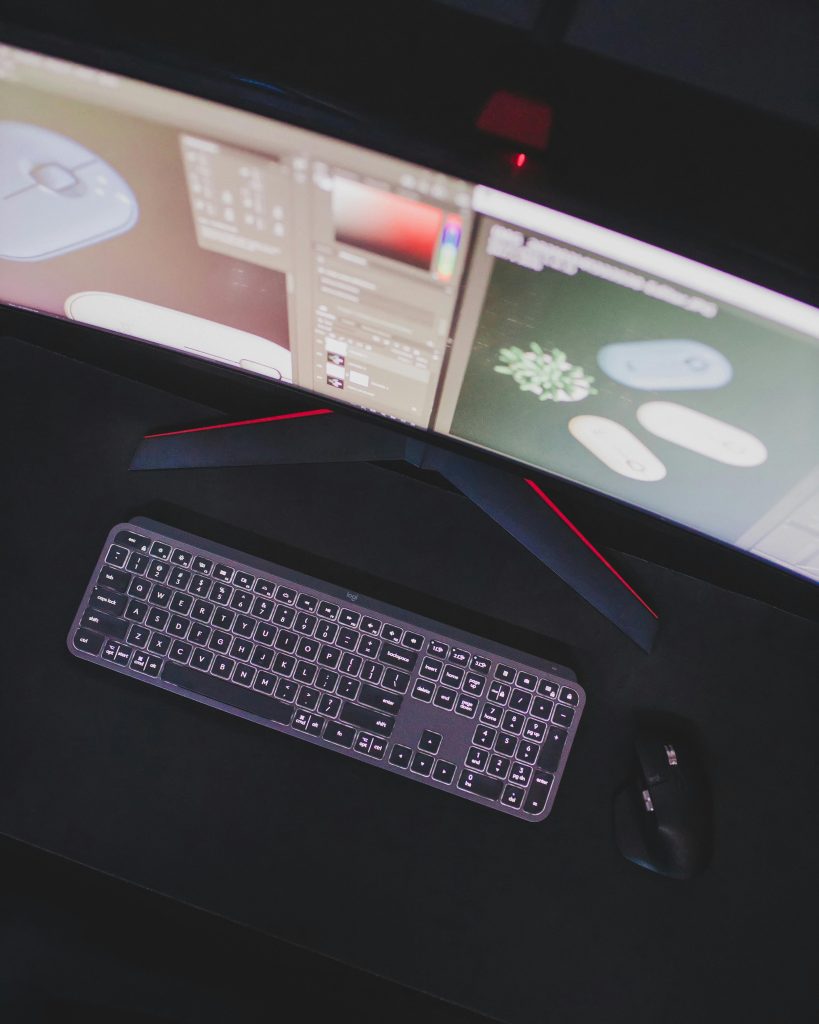Choosing the Right Portable Computer: A Friendly Guide for Beginners
Are you in the market for a portable computer but feeling overwhelmed by all the options and technical jargon? You’re not alone! Navigating the world of laptops can be daunting, especially if you’re not tech-savvy. Whether you’re a professional using demanding software like SOLIDWORKS or simply need a reliable device for notes and everyday tasks, this guide aims to help you make an informed decision.
Understanding Your Needs
First, it’s essential to clarify what you require from a portable computer:
- Professional Use (e.g., SOLIDWORKS): If your work involves 3D modeling, CAD design, or other resource-intensive applications, you’ll need a machine with strong processing power, ample RAM, and a capable graphics card.
- General Usage: For note-taking, browsing, and light multitasking, a mid-range device that prioritizes portability and battery life may suffice.
- Longevity: Investing in a computer that remains responsive and efficient over several years is also important.
Key Specifications to Consider
- Processor (CPU): Look for at least an Intel Core i5 or AMD Ryzen 5 for general tasks; for demanding applications like SOLIDWORKS, an i7 or Ryzen 7 would be preferable.
- Memory (RAM): Minimum of 8GB is recommended; 16GB or more is ideal for heavier workloads.
- Storage: Solid State Drive (SSD) for faster boot times and file access. A 256GB or 512GB capacity is a good starting point.
- Graphics: Dedicated graphics card (such as NVIDIA Quadro or GeForce series) is beneficial for CAD applications; integrated graphics may suffice for basic tasks.
- Build Quality and Portability: Lightweight, durable builds with good battery life enhance portability.
- Second-Hand Options: Buying a pre-owned computer can be cost-effective but requires careful assessment to ensure reliability.
Tips for Choosing a Second-Hand Laptop
- Research Trusted Sellers: Purchase from reputable sources or platforms that offer warranties or return policies.
- Check Hardware Condition: Always verify the physical condition and ask about the device’s accident history.
- Test Performance: If possible, test the laptop’s performance, including the CPU, RAM, and storage speed.
- Verify Compatibility: Ensure that the laptop meets the technical requirements of your software and use cases
Share this content:



